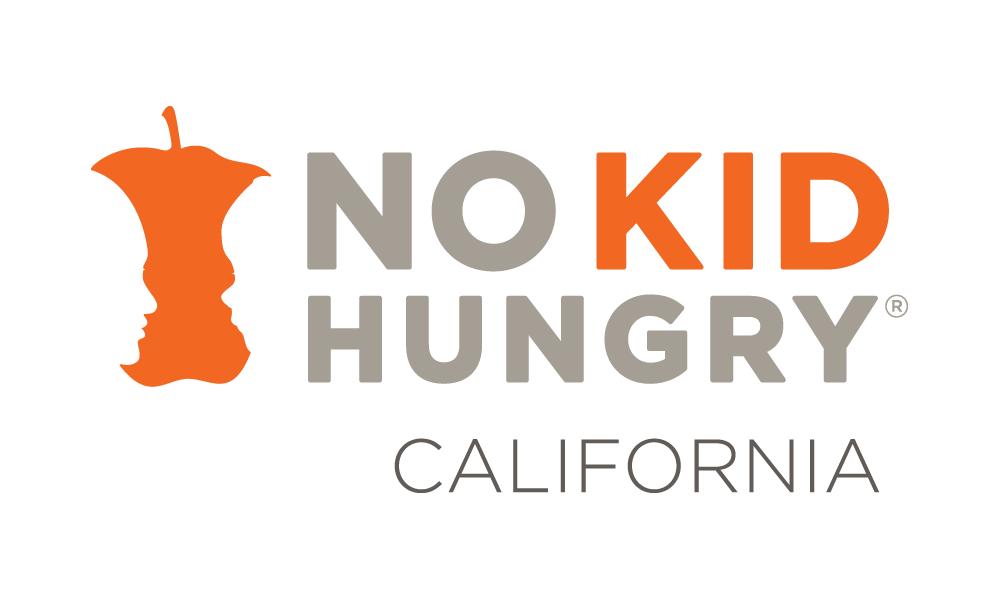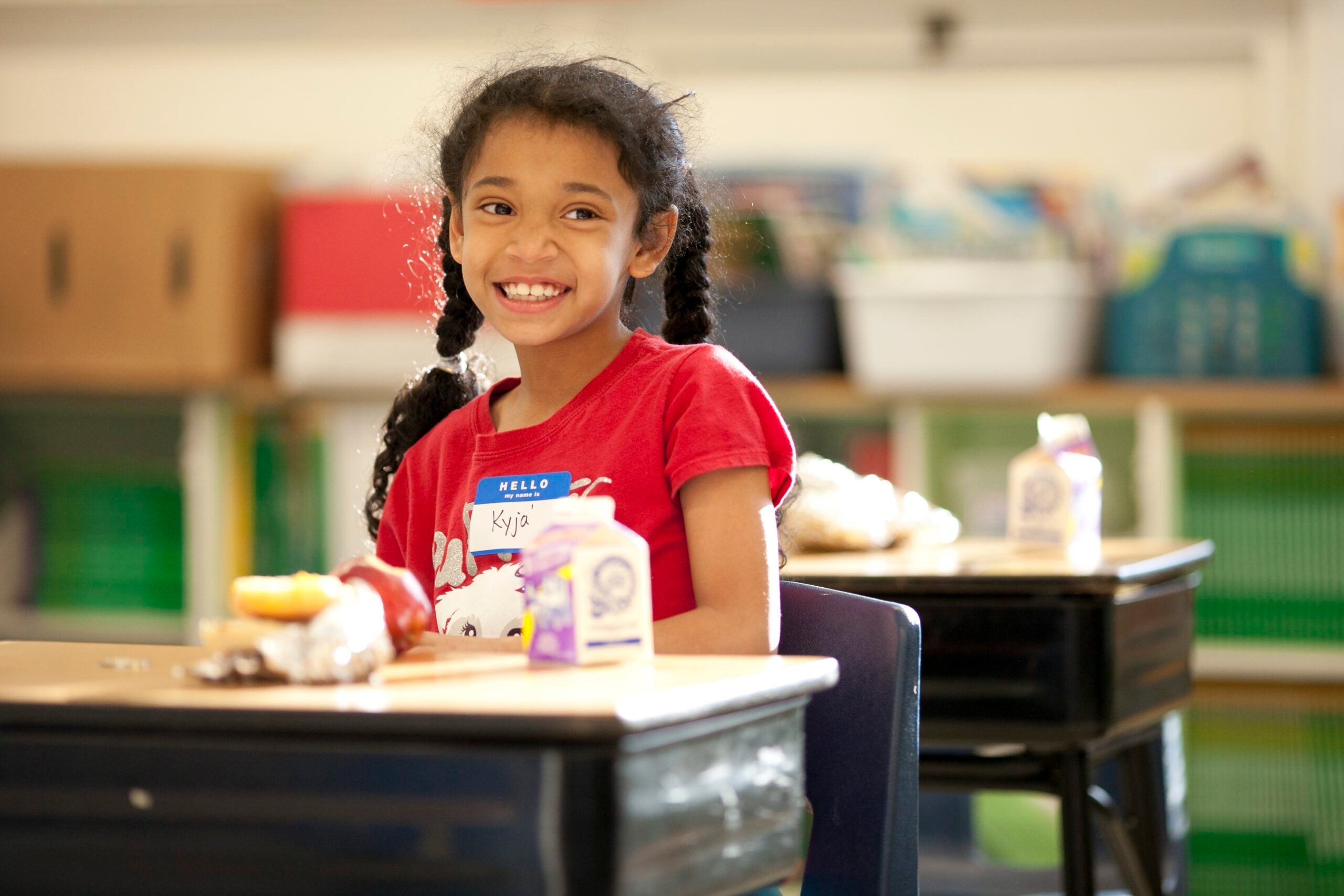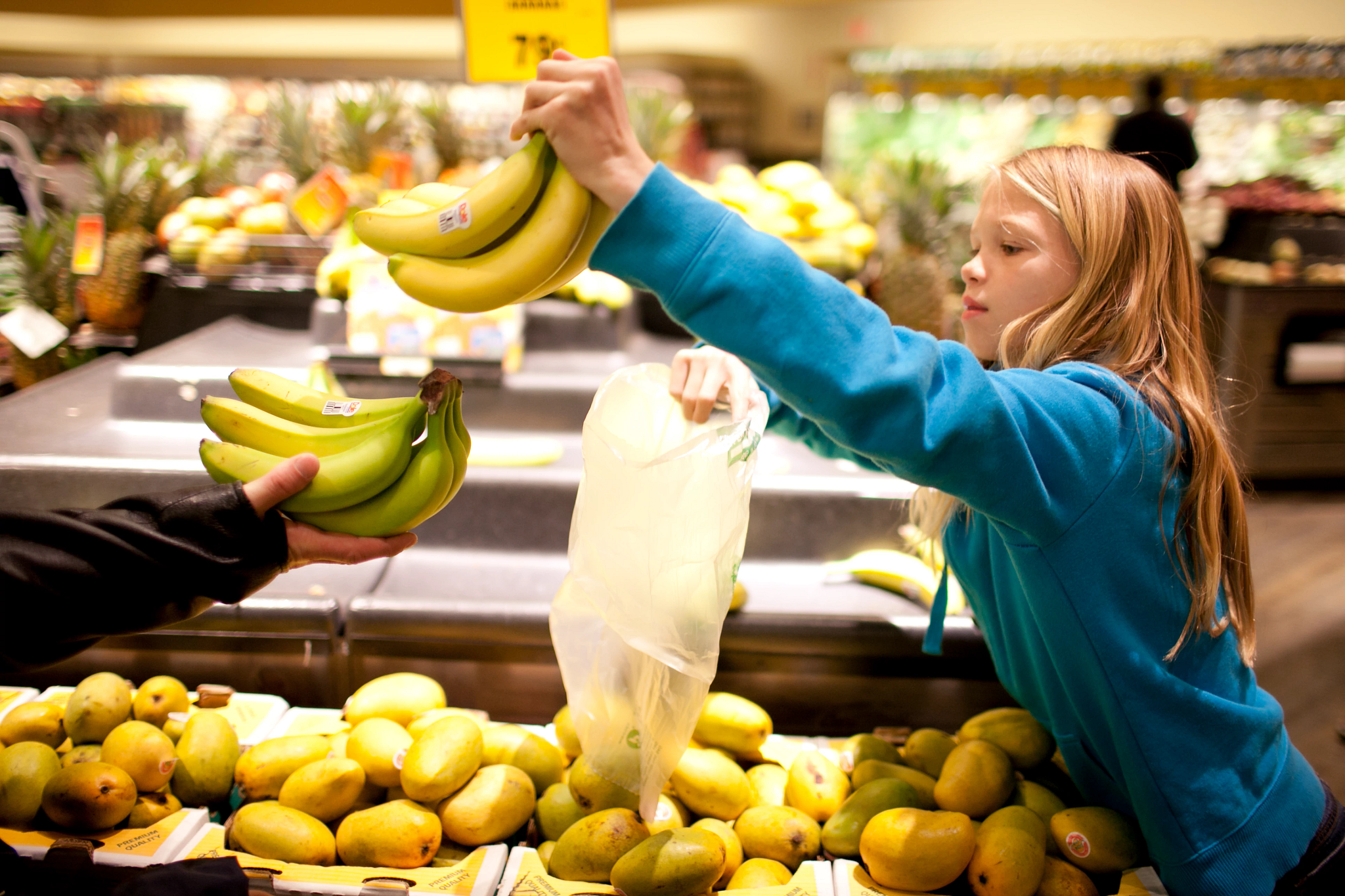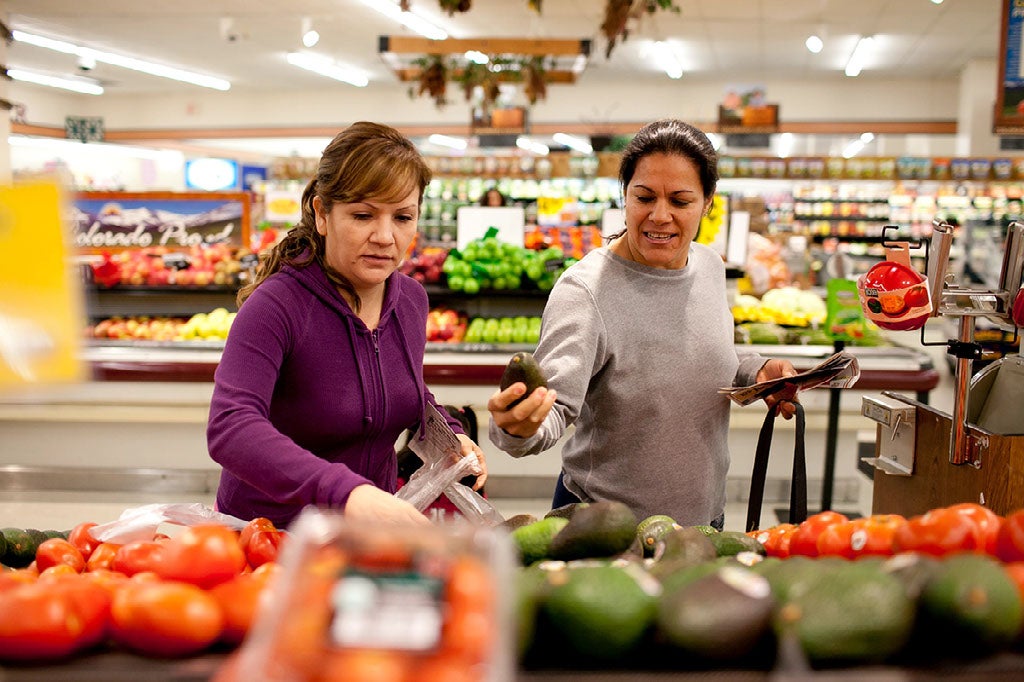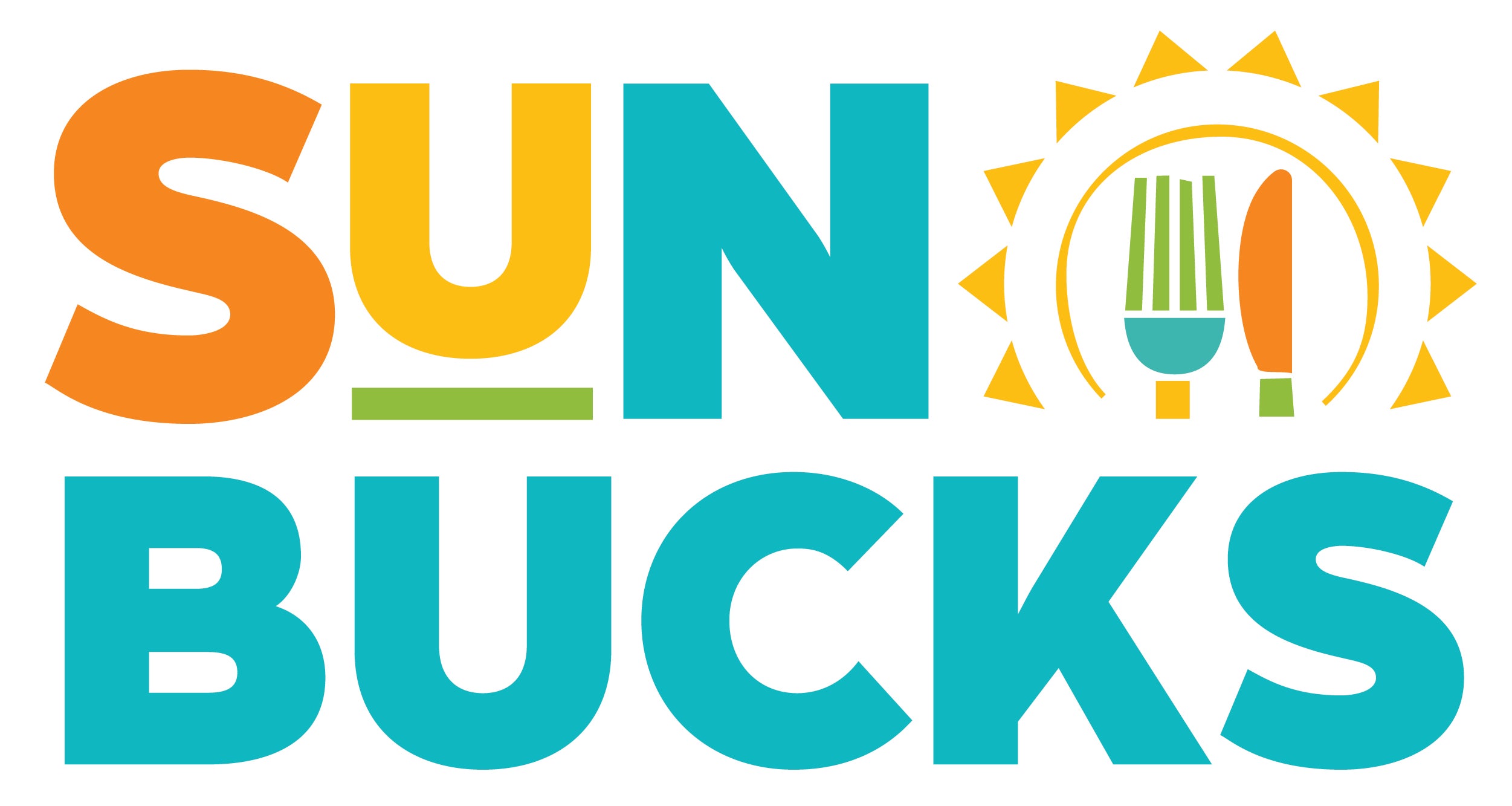SCHOOL MEALS
In the 2022-23 School Year (SY), California became the first state to implement a statewide Universal Meals Program for all school children. Since since implementing the program where ALL school-aged children in California eat school breakfast and lunch at no cost, the number of meals served and kids eating have increased. According to the California Legislative Analyst’s Office (LAO), in SY2018-19, the state served 816 million meals. The amount increased to 831 million meals in SY2022-23 and 876 million meals in 2023-24.
Schools are at the center of our communities and our kids’ lives. That’s why school meal programs are at the heart of No Kid Hungry.
